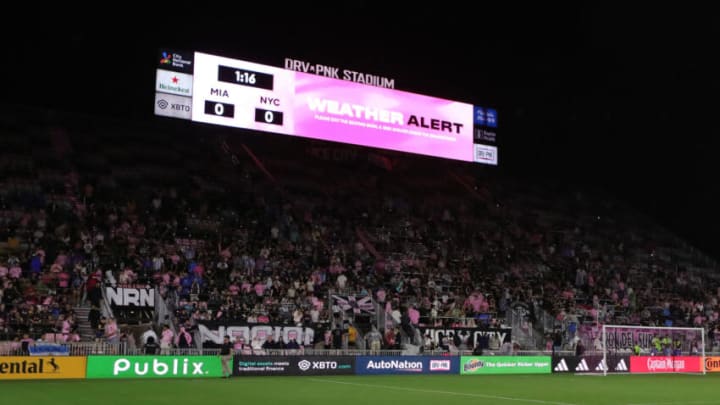Challenges and Charm in Smaller MLS Stadiums

In the backstage of Major League Soccer (MLS), a peculiar trend stands out: stadiums with a capacity of less than 20,000 people. Far from the giants that host crowds, these compact fields have their own charm and unique challenges.
PayPal Park, the home of the San Jose Earthquakes, is a notable example, with a capacity of 18,000 spectators. It’s not just a matter of numbers; it’s a more intimate experience where each fan becomes an essential part of the event. Warmth and passion overflow in a more concentrated space, creating a unique atmosphere that resonates with the true essence of soccer.
Follow MLS Multiplex on Twitter.
The DRV PNK Stadium, home of Inter Miami, follows the same line, offering a closer experience between fans and players. These smaller stadiums provide a palpable connection between the team and its followers, nurturing a relationship that goes beyond the stands.
However, don’t be fooled by the reduced capacity; these stadiums face financial and logistical challenges. With fewer available seats, the revenue generated on game days is proportionally lower. Nevertheless, it’s in this scenario that fan passion can make the difference. Community engagement initiatives, loyalty programs, and merchandising become crucial to maintaining financial viability.
The Colorado Rapids, Philadelphia Union, Sporting Kansas City, and Minnesota United, with capacities between 18,086 and 19,400, share this delicate balance. The challenge is to find the optimal point between proximity to fans and economic sustainability.
Smaller MLS stadiums offer an authentic and captivating experience for fans while challenging clubs to innovate and adapt in a competitive landscape. It’s a demonstration that, even in a globalized and commercialized sport, local essence and fan passion remain the foundations that sustain soccer.
- MLS stadiums with a capacity of less than 20,000 people:
Team – Stadium Name – Capacity
- San Jose Earthquakes – PayPal Park – 18,000
- Inter Miami – DRV PNK Stadium – 18,000
- Colorado Rapids – DSG Park – 18,086
- Philadelphia Union – Subaru Park – 18,500
- Sporting Kansas City – Children’s Mercy Park – 18,467
- Minnesota United – Allianz Field – 19,400